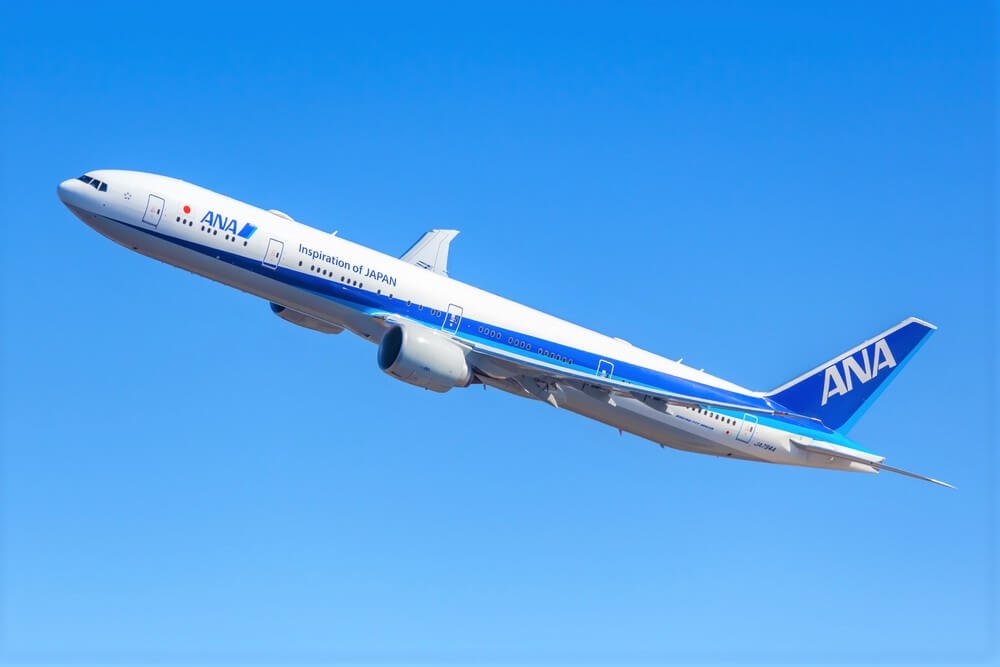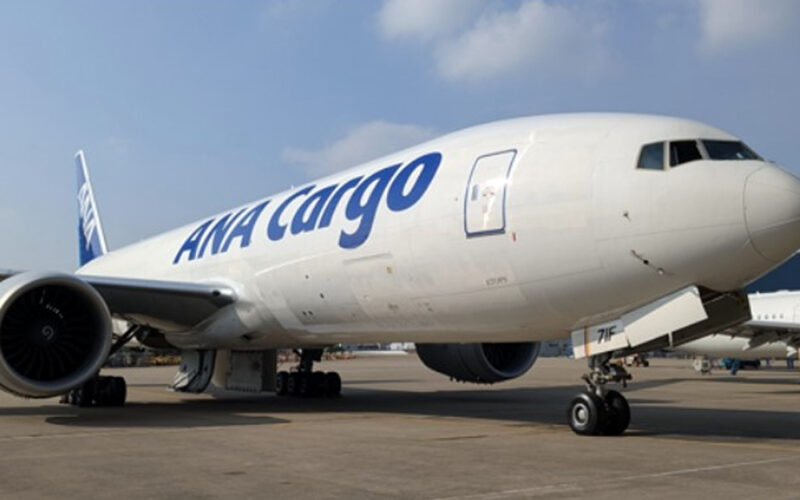Japanese carrier All Nippon Airways (ANA) has welcomed Its first Boeing 777 Freighter equipped with AeroSHARK surface coating technology back into its fleet. The cutting-edge surface technology is inspired by shark skin and is said to reduce drag and enhance fuel efficiency, hence reducing carbon dioxide (CO2) emissions.
In doing so, ANA has become the first individual airline to operate both passenger and freighter variants of the Boeing 777 featuring this innovative surface technology.
The first modified Boeing 777F (with registration JA771F) operated by ANA began scheduled cargo flights on behalf of the carrier on September 2, 2024. The airline plans to extend the AeroSHARK technology to one of its passenger Boeing 777 aircraft (registered as JA796A) by spring 2025, “further evidencing ANA’s commitment to investment in fuel-efficient technologies that reduce emissions”.
AeroSHARK, a joint innovation developed between Lufthansa Technik and BASF, the German chemicals giant, is a functional surface film inspired by the drag-reducing structure of sharkskin. The film features ribs around 50 micrometers in size, called ‘riblets’.
Under the close guidance and supervision of Lufthansa Technik, ANA’s appointed MRO (Maintenance, Repair, and Overhaul) partner has recently applied several hundreds of square meters of these riblet films to the fuselage of JA771F. The aircraft operated its first flight with the new technology following retrofitting with the first AeroSHARK-optimized flight from Tokyo-Narita (NRT) to Chicago-O’Hare Airport (ORD) on September 2, 2024.
According to an ANA statement, although the riblet modification is almost invisible, it is expected to deliver significant fuel and emissions savings. The contracted Boeing 777F and 777-300ER aircraft will have nearly the entire fuselage covered with the sharkskin-inspired film, resulting in estimated annual savings of approximately 250 metric tons of fuel and 800 metric tons of CO2 for each aircraft.
“The introduction of AeroSHARK technology on our Boeing 777 aircraft marks a significant milestone in our sustainability strategy, in support of our broader goal of reducing carbon emissions across our fleet,” said Kohei Tsuji, Executive Vice President, Engineering and Maintenance Center at ANA.
“We are proud to be the first airline in the world to implement this innovative technology to both passenger and freighter versions of the Boeing 777, reinforcing our dedication to delivering excellence and reducing our carbon footprint,” he added.
Further evaluation underway
As ANA begins operations with two Boeing 777 equipped with riblet films, the airline will validate the effectiveness of this technology in ANA’s daily operation, with plans to expand its use across other aircraft of the same type.
This initiative is part of the ANA Group’s medium- to long-term environmental strategy, which includes the broader “ANA Future Promise” initiative aimed at realizing a sustainable society and promoting ESG management.

“Drawing inspiration from nature is deeply rooted in Japanese arts and culture. Therefore, what airline could be a better fit for our nature-inspired AeroSHARK than the world-famous ‘Inspiration of Japan’?” said Dennis Kohr, Senior Vice President of Corporate Sales Asia Pacific at Lufthansa Technik. “We are delighted to extend our long-lasting and fruitful cooperation with All Nippon Airways onto a proven solution to reduce their carbon footprint. I am confident that AeroSHARK will support ANA in becoming an ever-greener ‘Inspiration of Japan’.”
Lufthansa Technik currently holds Supplemental Type Certificates (STCs) for the AeroSHARK modification of various types of Boeing 777, which is now being adopted by various airlines across the globe. Approximately 20 long-haul aircraft are already operating with the technology in worldwide service, with this number growing steadily.
According to a joint statement issued by BASF and Lufthansa Technik, the companies “remain committed to further developing AeroSHARK to help more airlines achieve their sustainability goals. Current efforts include expanding approvals to additional aircraft types and covering larger surface areas”.
The companies have stated that initial model calculations suggest that sharkskin technology could potentially reduce CO2 emissions by up to 3% in its maximum expansion stage.

